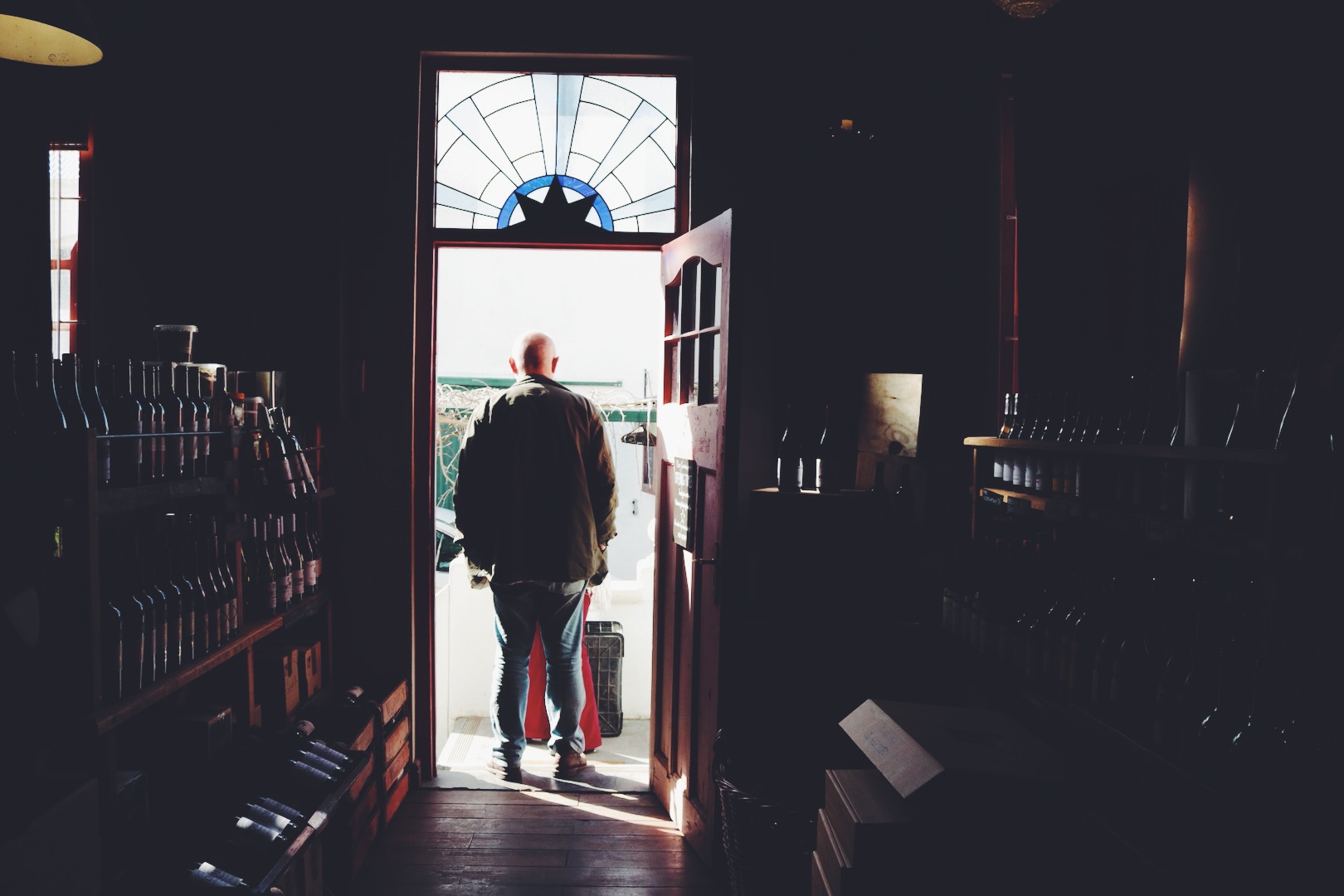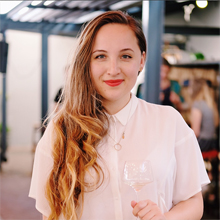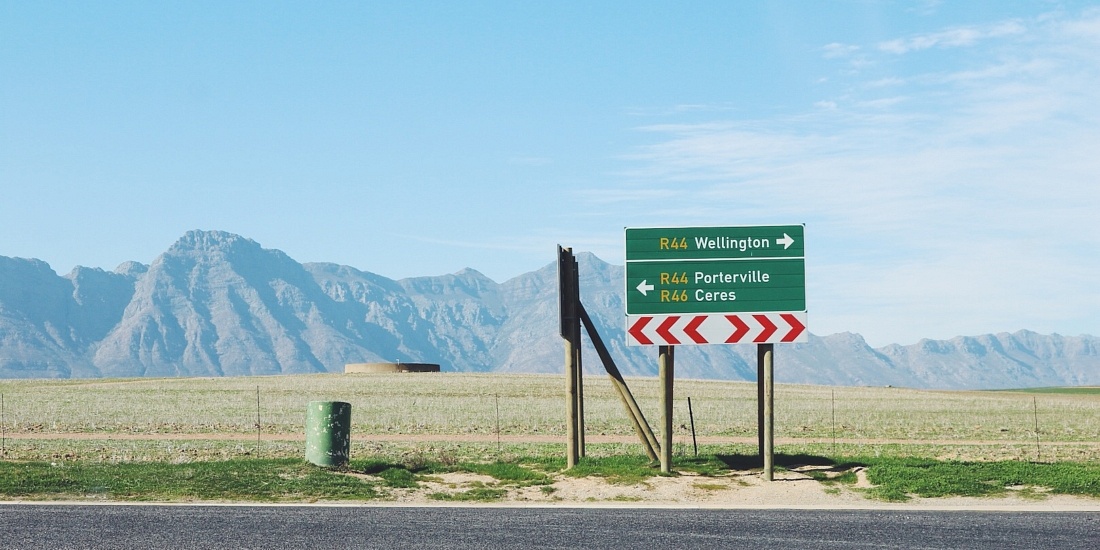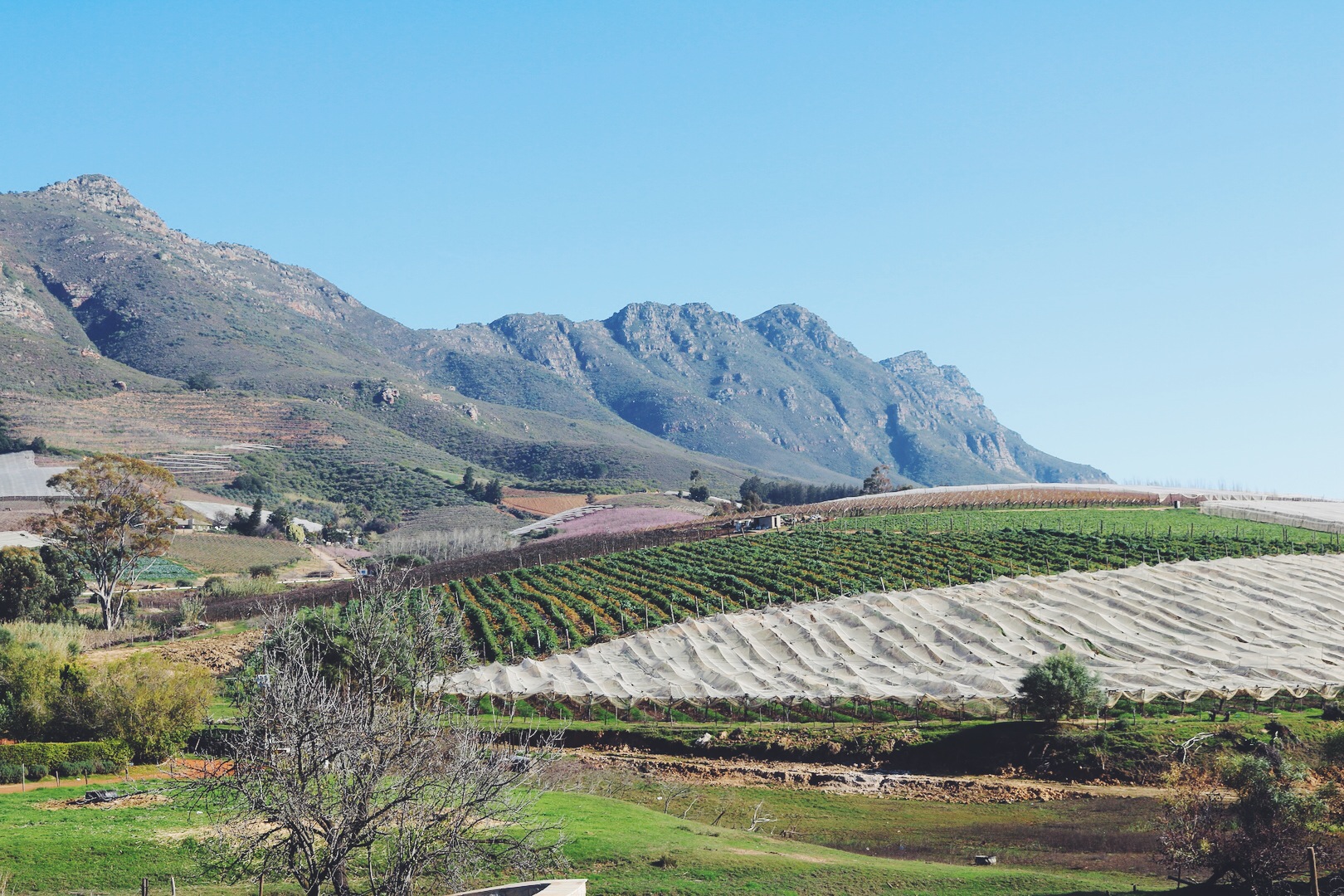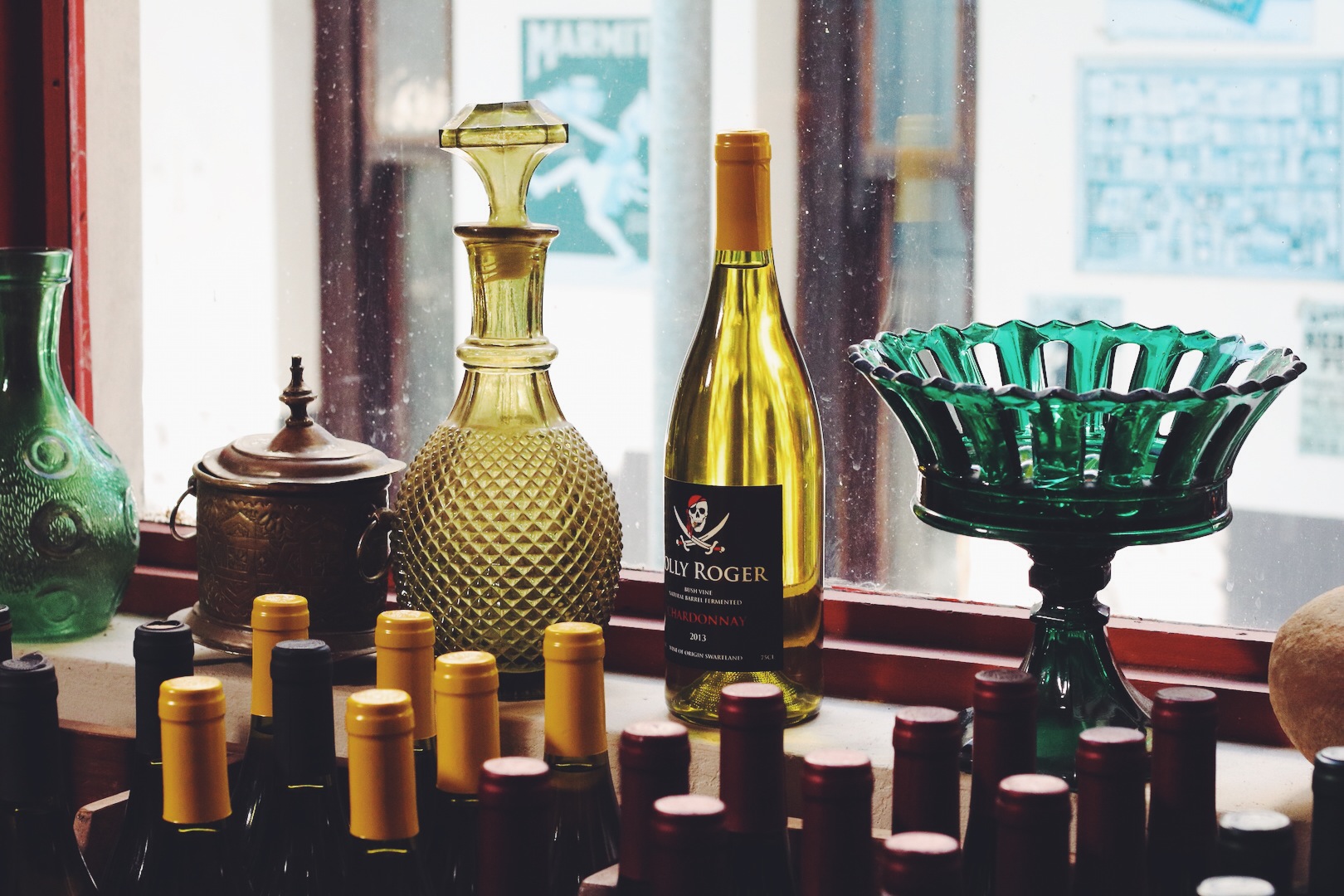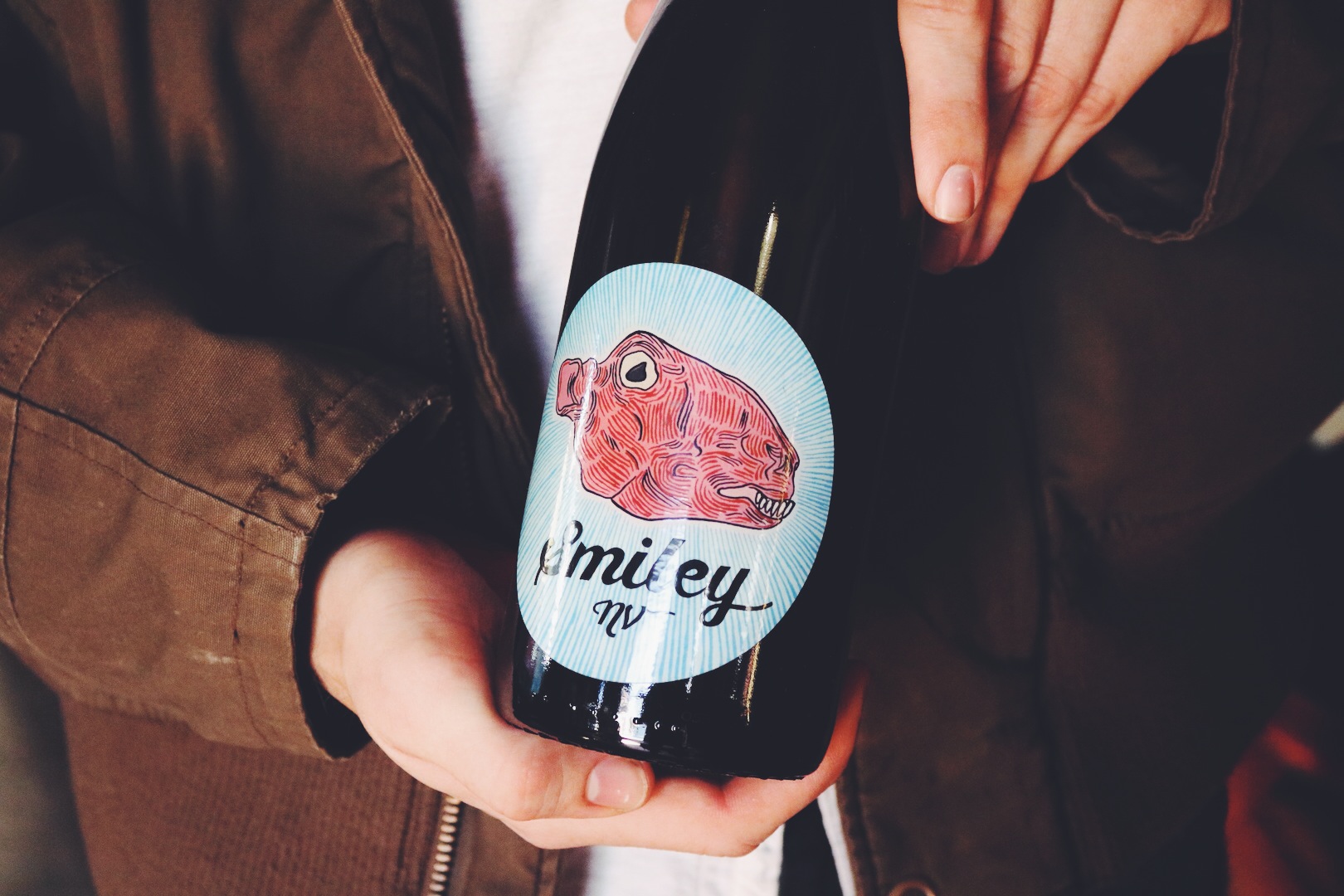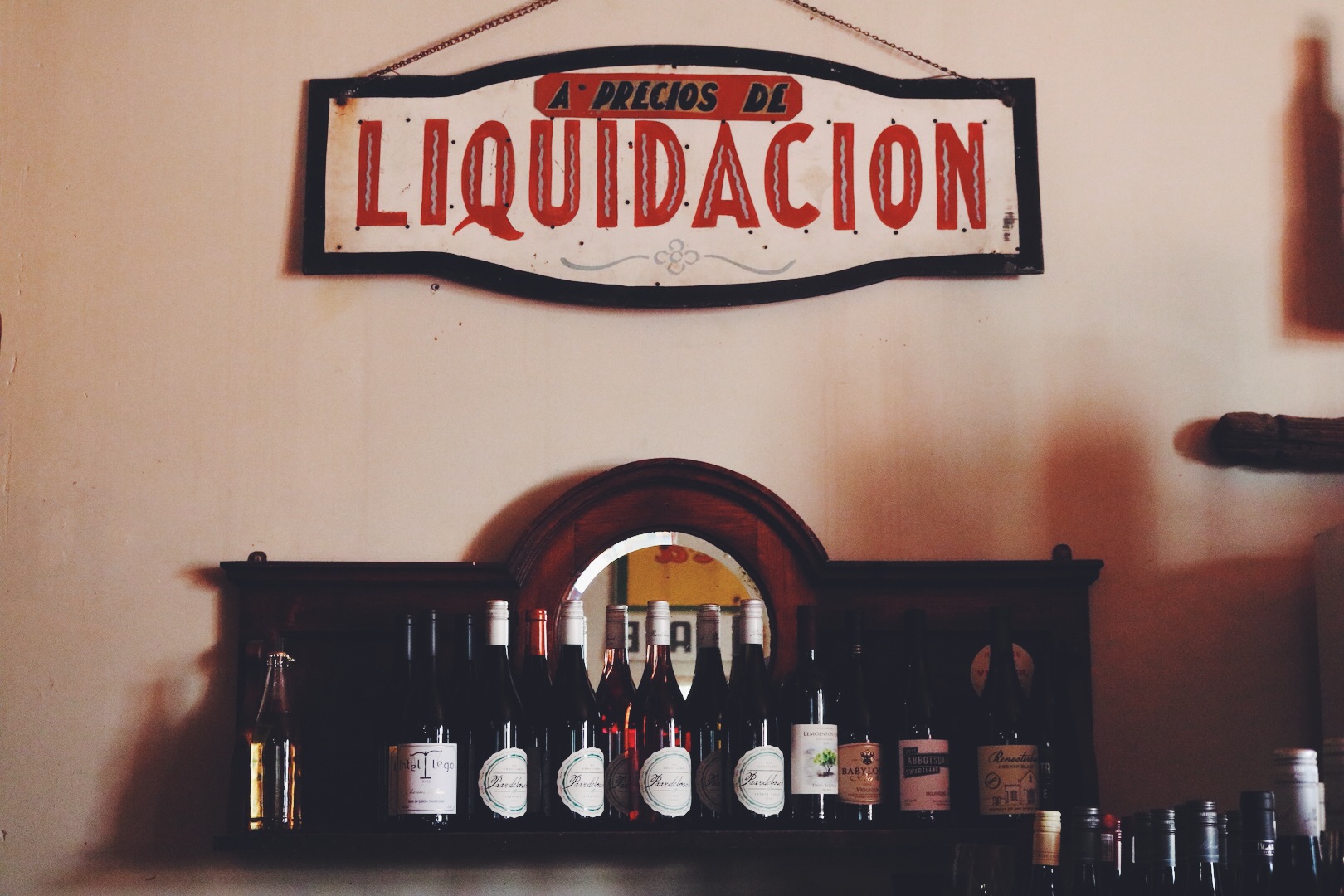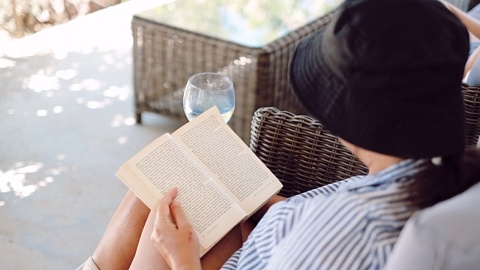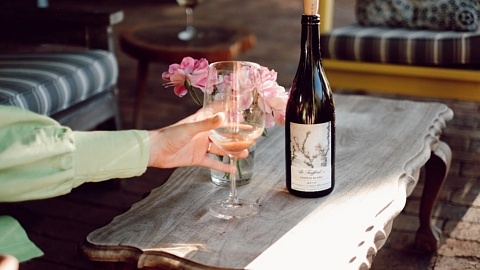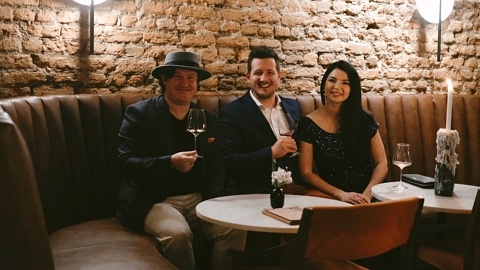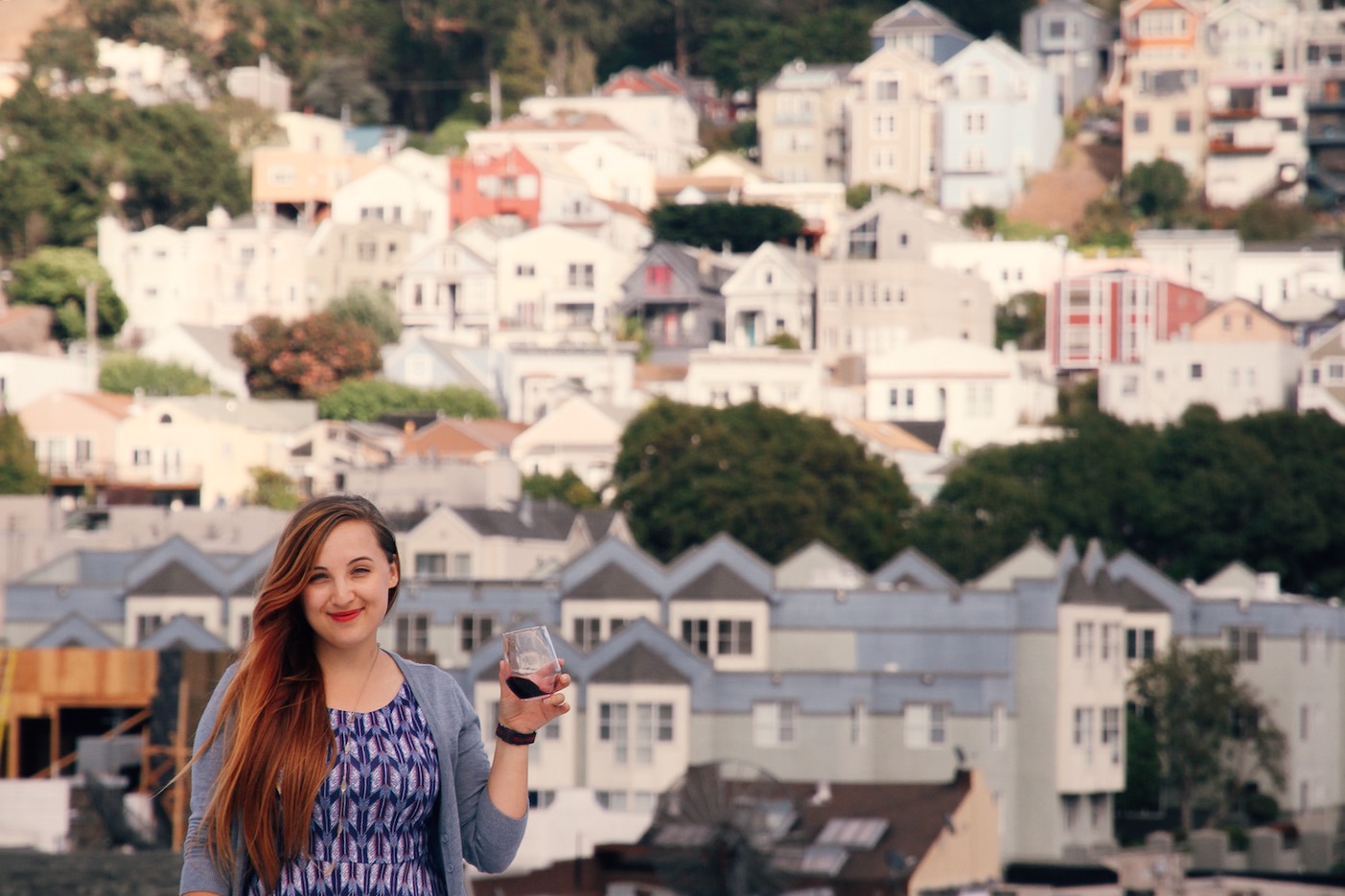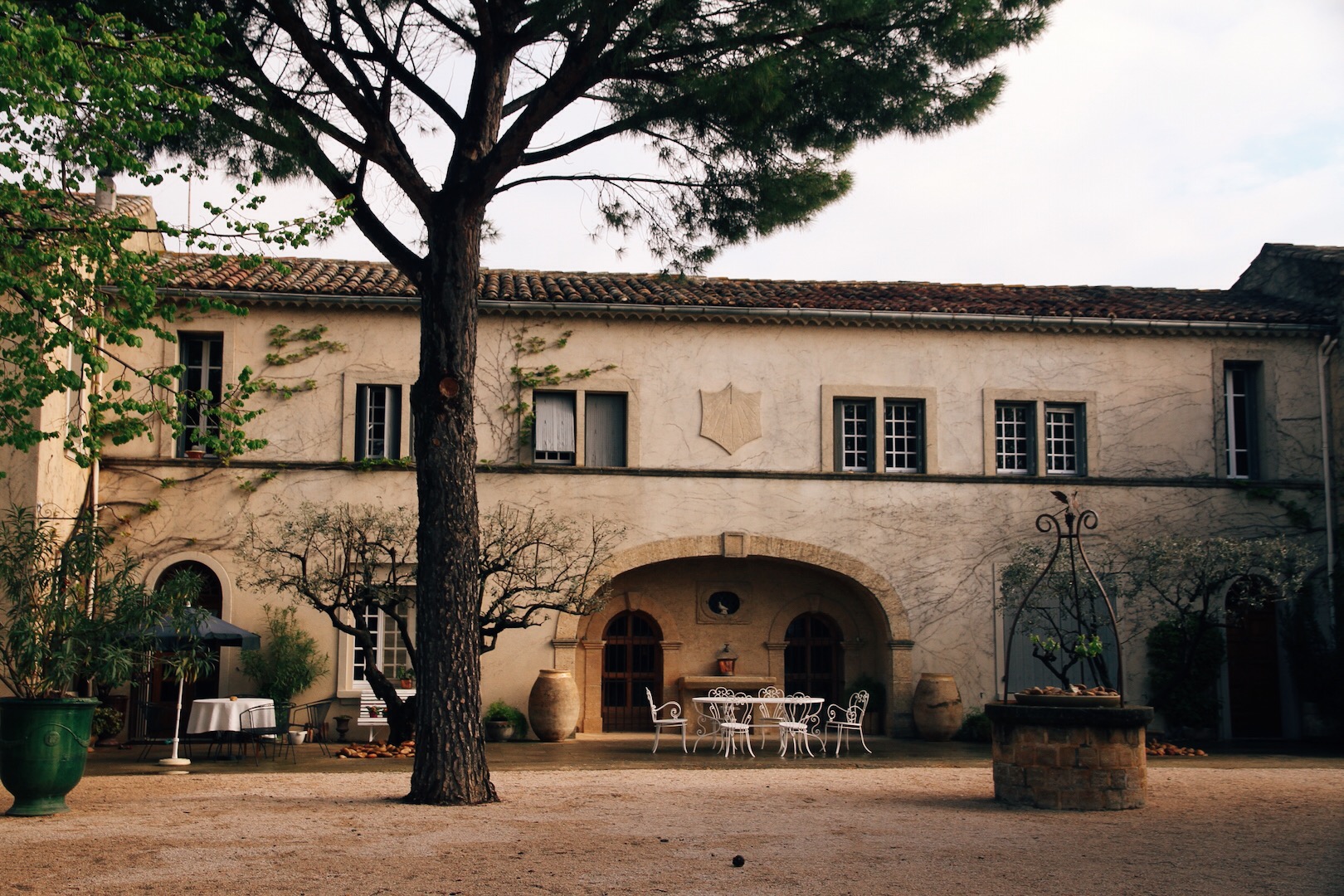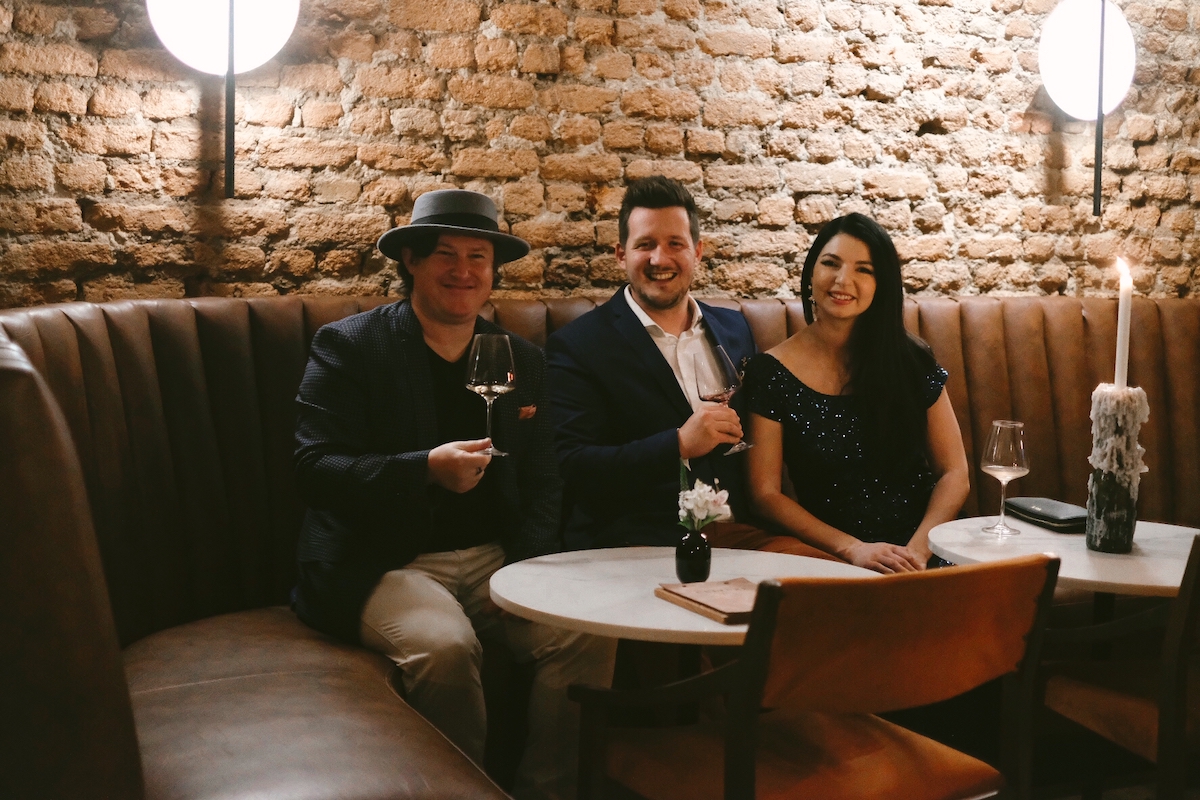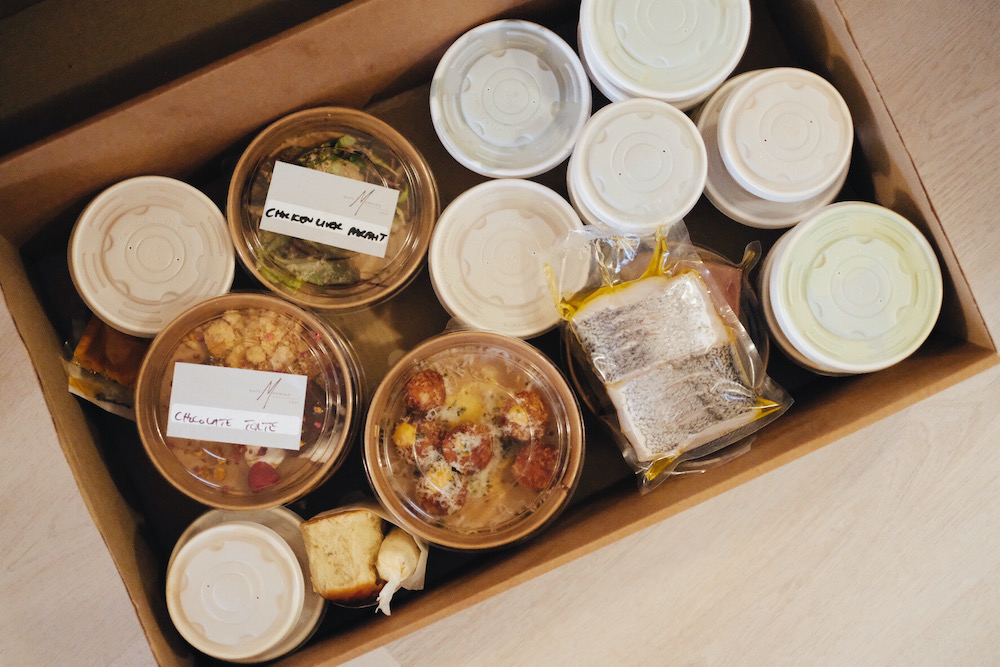Here’s a no brainer: What is all wine made from? That’s not a trick question. The answer is grapes. So riddle us this – if all wine is made from grapes, will wines made in different parts of the world taste the same? For example, will a Sauvignon Blanc produced in France taste the same as a Sauvignon Blanc made in South Africa? The answer is nope, nah-ah, nooit, and the reason for this comes down to one key thing: the region. This week I (Gosia) headed to the Swartland, to get the lowdown on the hippest wine region in the country.
To understand wine regions, just think baking. If you’re ever attempted to whip up a pavlova (cause so many of us do), you’ll know that what you get at the end all depends on the quantity of ingredients you put in and how much attention you pay. And sometimes, despite your efforts, your pavlova may flop anyway – it’s also a game of chance. Much like baking, to make wine, you need a specific list of ingredients in the just the right quantities, including:
Sunshine
Soil & nutrients
Water
Slope / Aspect
Terroir
And that list of ingredients will differ from place to place – some regions have clay soil others have chalk, some areas get a lot of sun and others don’t. There’s a million different combinations, meaning no two wine regions are alike. This is exactly why the wine world so diverse.
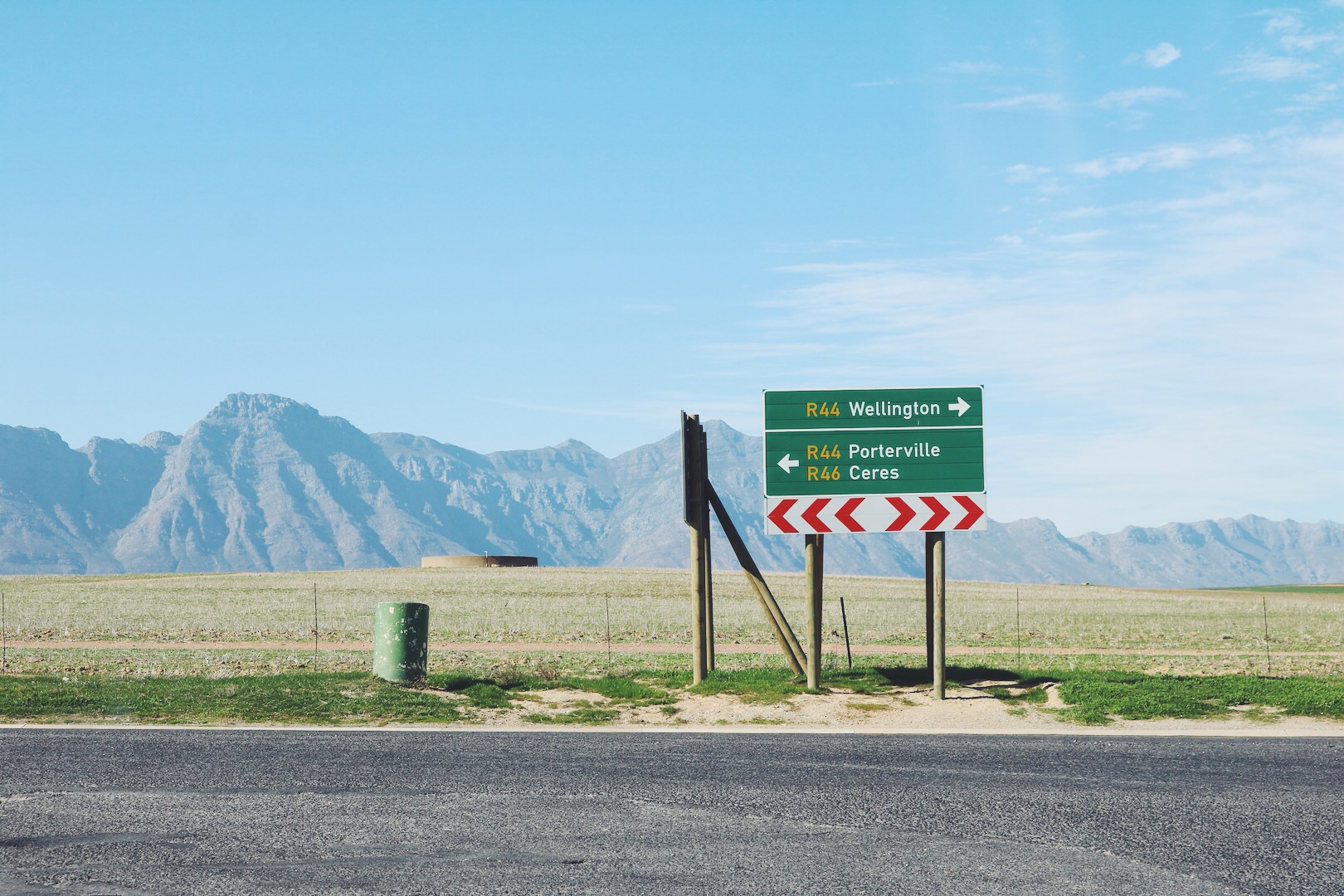
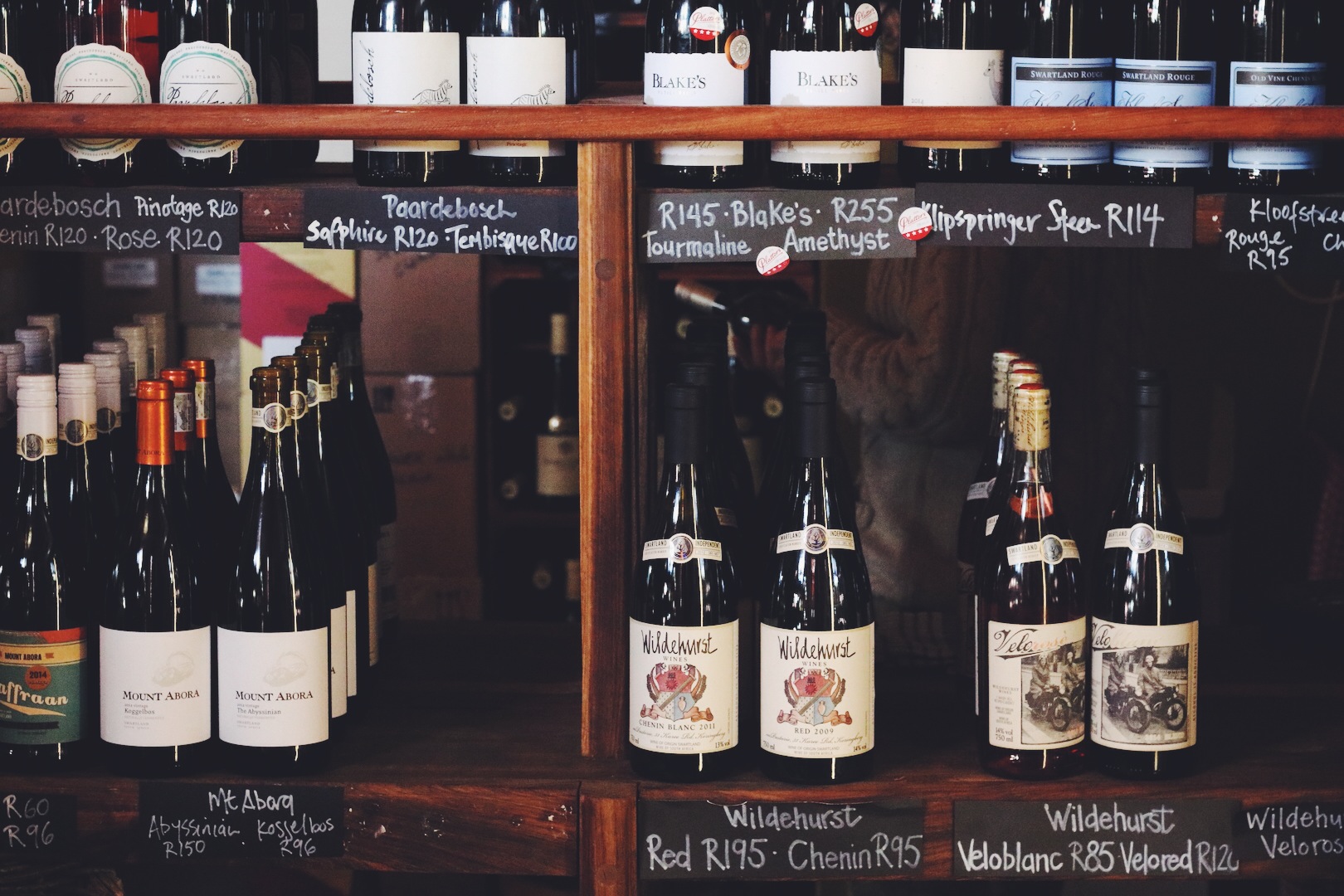

Now, if you’re looking at that last ingredient on the list there and thinking – what the heck is terroir – that feeling you get after a crazy night out? Let’s abate your concerns and discuss. Terroir. We wrote about it here. And we promised we’d explain. A concept fiercely enforced by the French and one which can get unnecessarily complicated, just think “Terroir = Terrain”. A terrain is the lay of the land, and ‘terroir’ takes into consideration everything that went into making a wine on that land – aspect, slope, climate, weather, grape variety, and the human hand. Seeing as every wine region is different, it will have a specific terroir, which then gives the wine a specific taste. This is why you may have heard of wine experts being able to identify a wine well beyond our normal nose’s means, by stating the grape variety, region and even year. That’s because the region is a massive giveaway to how a wine will smell and taste.
When it comes to local wine regions, last week I travelled to the small town of Riebeek-Kasteel, situated in the heart of the Swartland. While walking around the comfortingly small town, I spotted a wine lover’s mecca. Dubbed ‘The Wine Kollective’, this wine store is solely dedicated to selling wines from local wineries, and is everything a wine shop should be – dedicated, unpretentious and straight out of a Western. Run by Anton Espot and Jill Gordon-Turner, these two know their drank, and happily assist with tastings and suggestions. But what makes Swartland wines so different to wines from other South African winemaking regions like Paarl or Stellenbosch you ask? Well, the Wine Kollective is just one project behind the current change that’s taking over the area. Yup, we’re talking about a revolution baby.
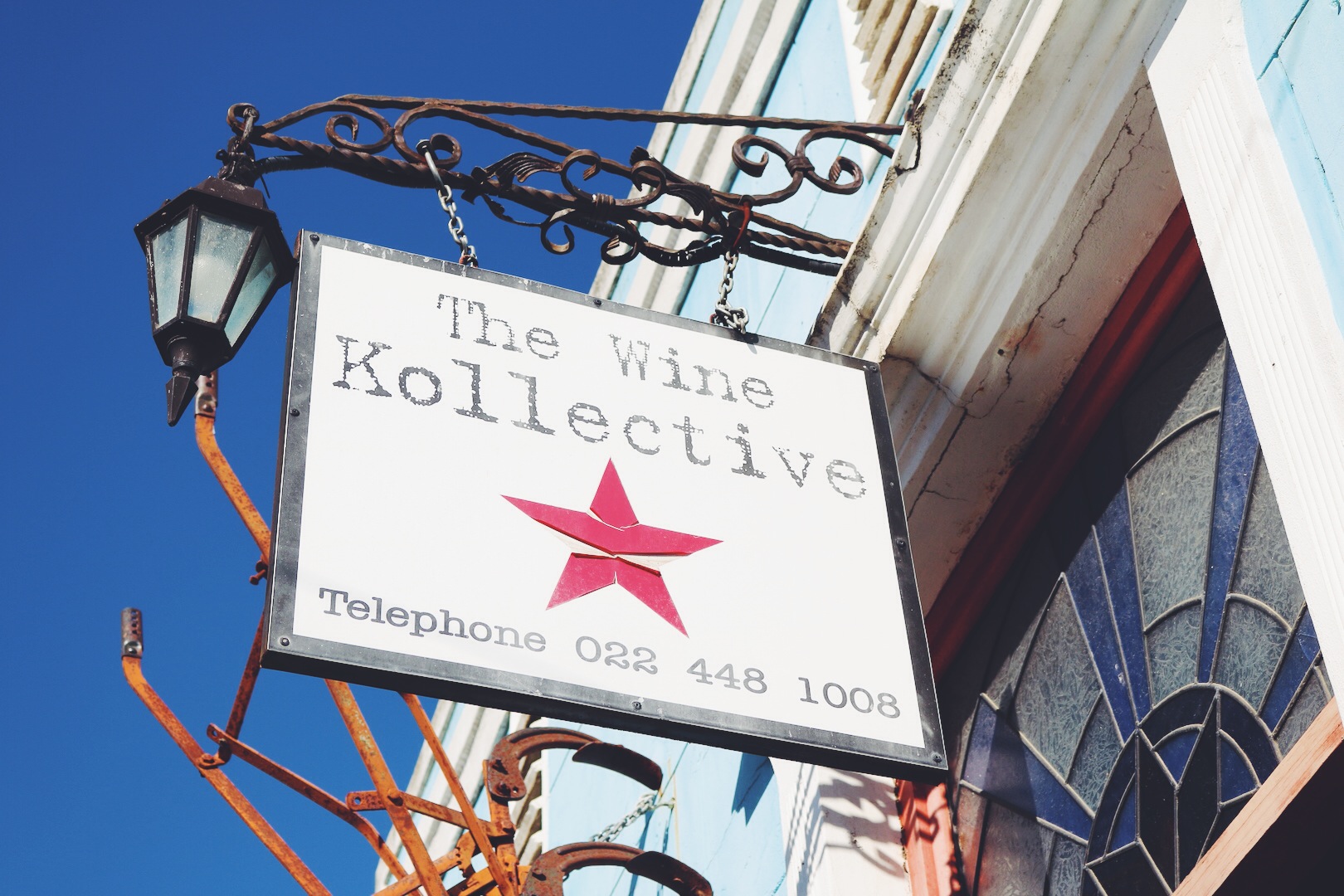
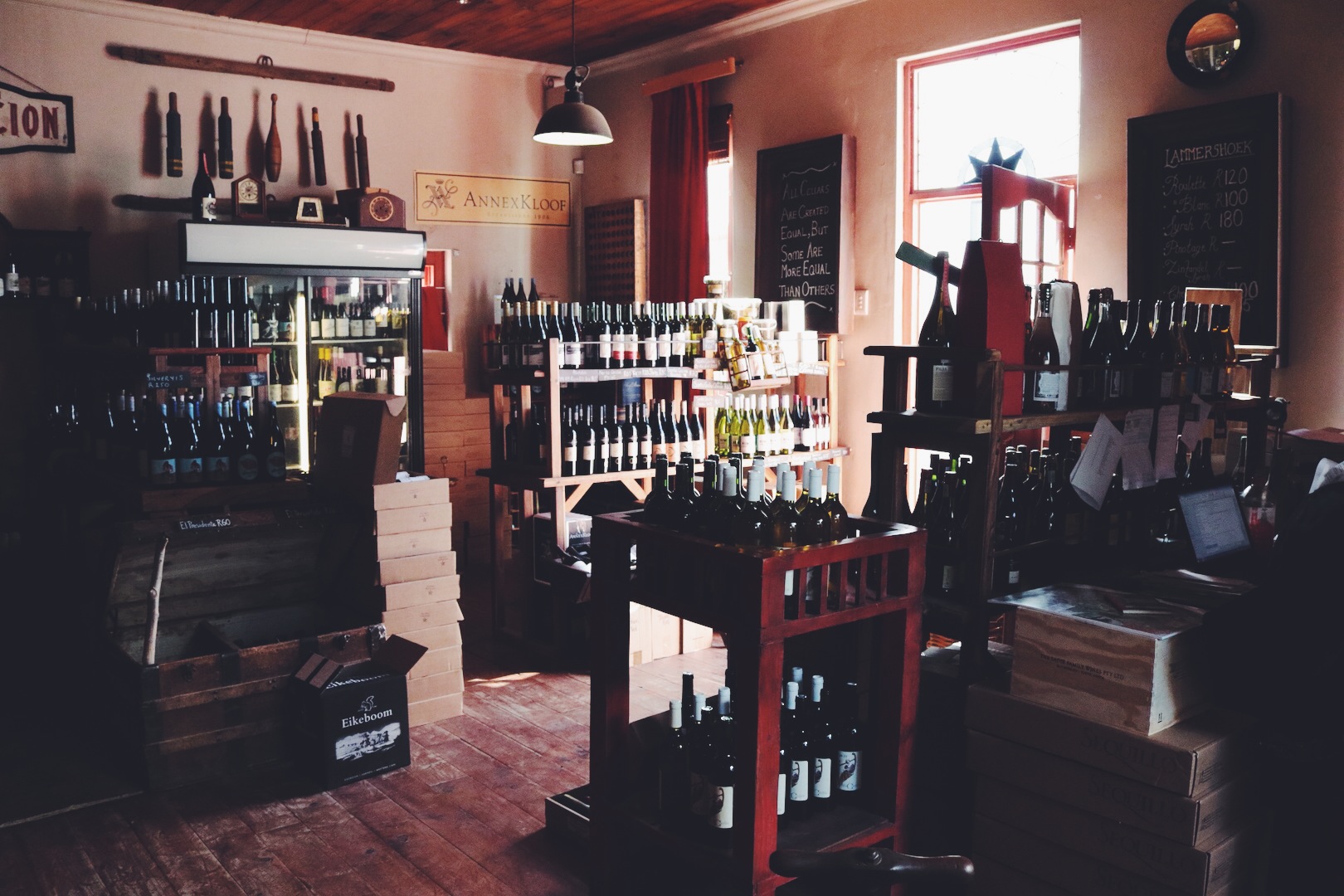
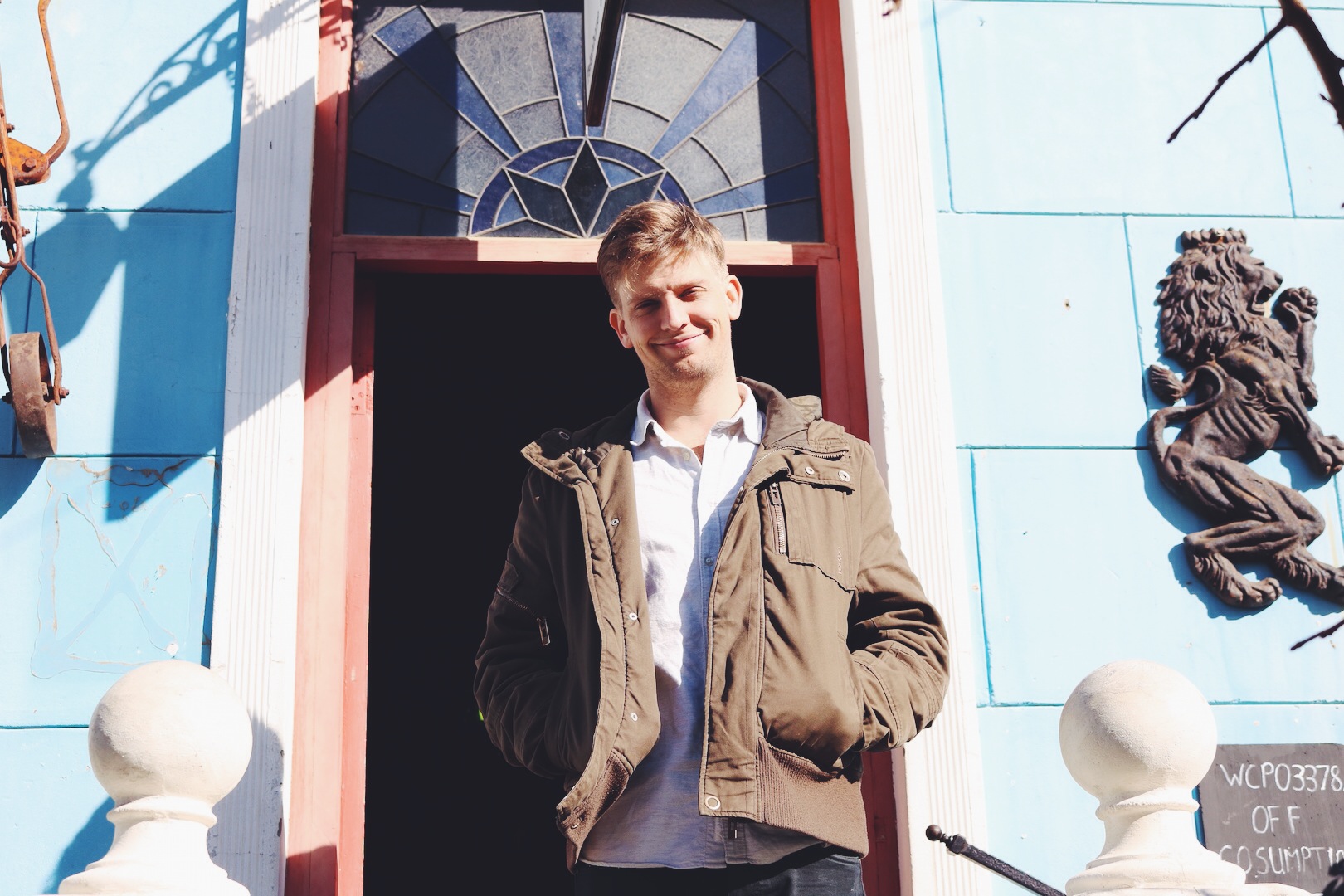
Every revolution needs a spark to get things going. In the case of the Swartland, it was a chilled glass of Sauvignon Blanc. Back in 1995, famed local entrepreneur and Fairview wine farm owner Charles Back visited a co-operative in Swartland, tasted one of the best South African Sauvignon Blanc’s he’d ever had and bought the farm that had made it that very day. Soon, he employed a young winemaker, Eben Sadie, who has gone on to become one of the key figures in the Swartland renaissance, and producer of South Africa’s most prestigious wines. By taking into consideration the terroir of the region, Charles realised that the Swartland had a Mediterranean climate, and so re-planted grape varieties that love to lap up the rays, rather than ones that shy away from sun.
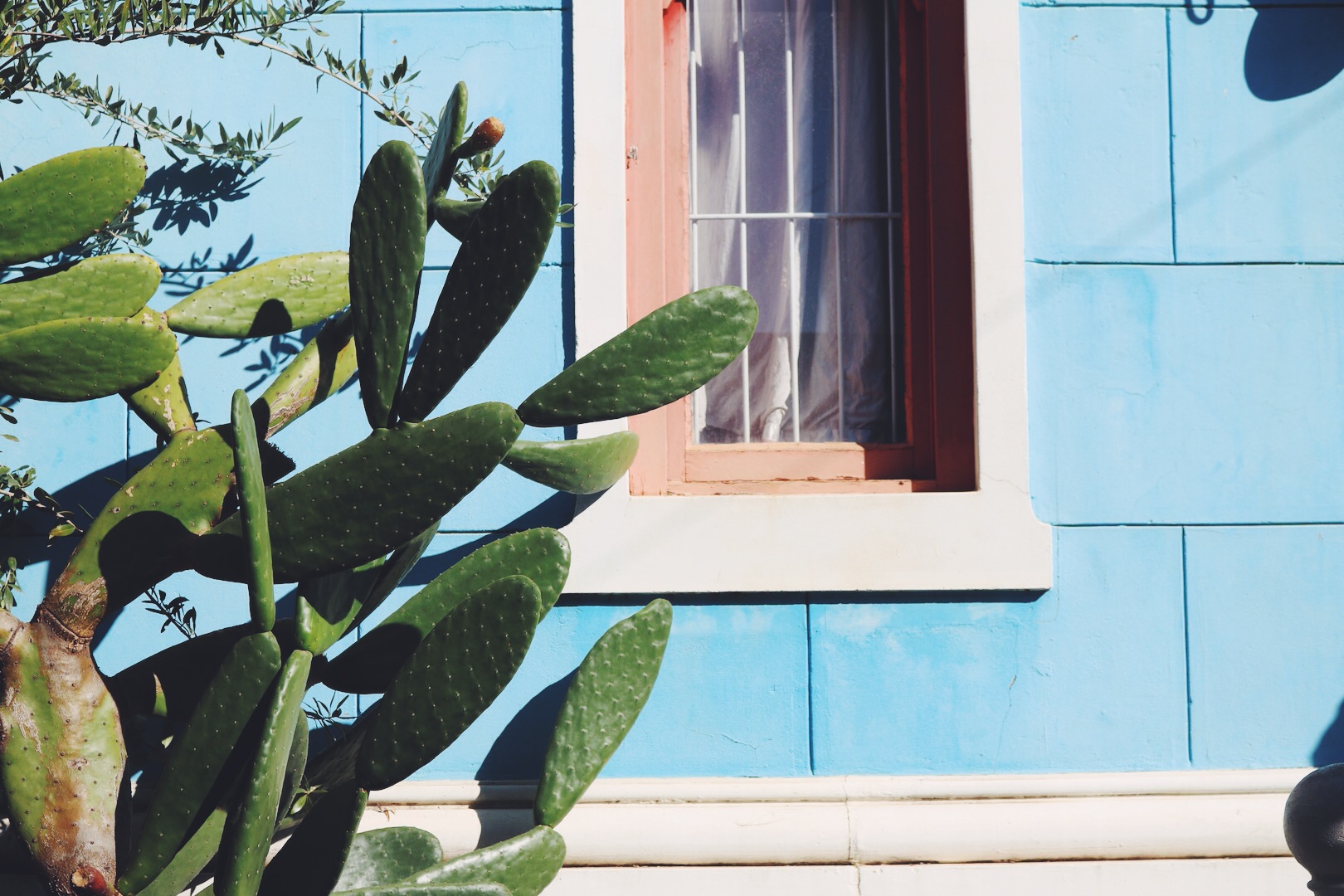
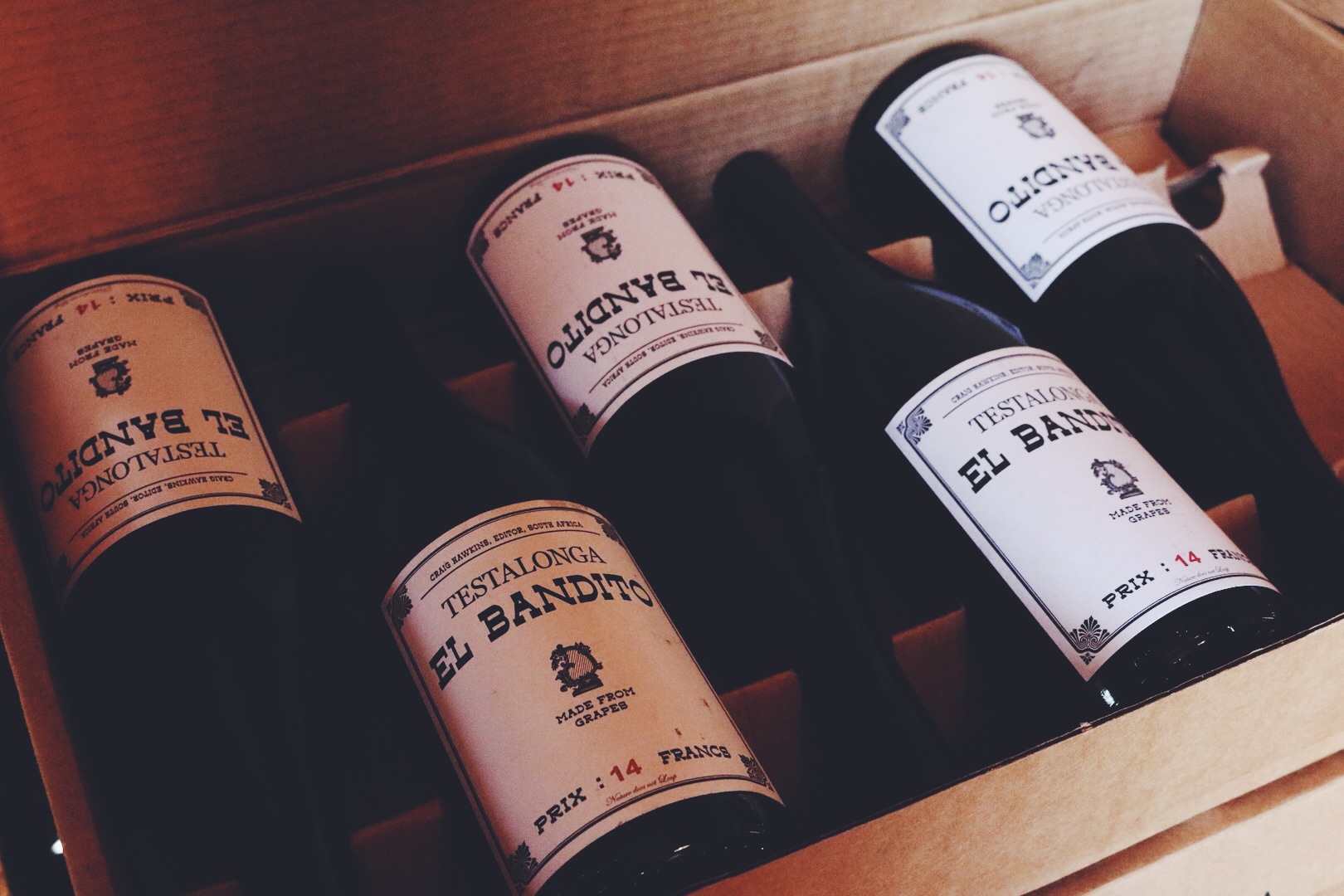 Thanks (in part) to Charles efforts and Eben Sadie’s winemaking skills, today the area is a drawcard for many a young winemaker with ambition. Cheap land, plentiful grapes and a sense of camaraderie has resulted in the first terroir-oriented winemaking in South Africa. The Swartland Independent Producers (SIP) is an association that runs the Swartland Revolution celebration every November and has established a certification programme. To qualify, all wines have to be ‘natural’ – think about going au naturel, meaning you have nothing added to your wine – no yeast, sulphur or tannin and wine must be aged in no more than 25% new oak of European (i.e. French) origin. These strict but exciting new rules, a terroir is being created, offering Swartland wines a certain sense of place. After all, all wines are created equal, but some are more equal than others.
Thanks (in part) to Charles efforts and Eben Sadie’s winemaking skills, today the area is a drawcard for many a young winemaker with ambition. Cheap land, plentiful grapes and a sense of camaraderie has resulted in the first terroir-oriented winemaking in South Africa. The Swartland Independent Producers (SIP) is an association that runs the Swartland Revolution celebration every November and has established a certification programme. To qualify, all wines have to be ‘natural’ – think about going au naturel, meaning you have nothing added to your wine – no yeast, sulphur or tannin and wine must be aged in no more than 25% new oak of European (i.e. French) origin. These strict but exciting new rules, a terroir is being created, offering Swartland wines a certain sense of place. After all, all wines are created equal, but some are more equal than others.
